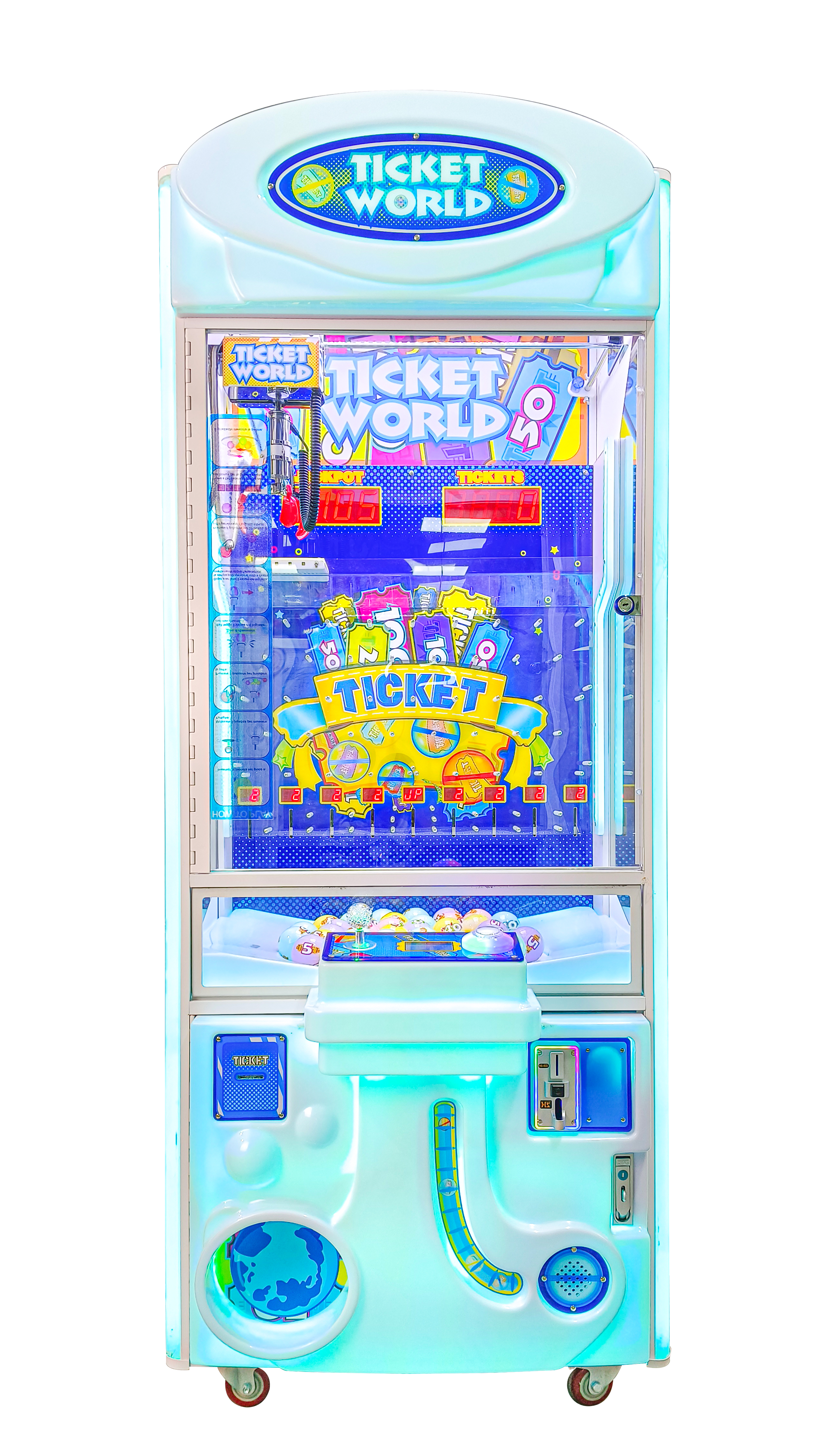Operators can set the claw to loosen its grip after a certain time, making it harder to pick up prizes. Studies show that these machines are often programmed to allow a successful grab only after several attempts, typically around 1 in 10 tries. The difficulty also depends on the shape and weight of the prizes, with heavier or oddly shaped items being more difficult to lift. Understanding these mechanics can help players improve their strategy and increase their chances of winning.
Table of Contents
ToggleClaw Strength Insufficiency
Claw strength is one of the main reasons you can or cannot grab the prize. Most players have the experience of seeing the claw appear to have the prize, but when it lifts up, it drops because of the way claws are designed. Many claw machines set the claw to the weakest strength so the player’s success rate can be controlled and profits can be earned.
The strength of the claw is determined by the machine’s program, and it does not maintain the same gripping force each time. Most will randomly alter the amount of grip, and only after a certain number of times or under certain conditions the claw will use 100% of its strength. So even though the state of the claw is not very good, if you play perfectly your claw will not be strong enough to grip the prize.
Some machines have only 30% -50% grip in state and only after a certain number of coins are inserted that the claw will allow 1-time grab at 100% grip value. This vastly reduces the player’s success rate on each machine grab. For most cases, this design allows the machine to safely remain profitable. A typical claw sword is very weak and has a small grip area, making it difficult to properly lift and secure the prize.

Prize Placement Traps
Where the prizes go are frequently curated. Prizes that seem large and easy to pick up are often placed closer to the top of playfields, but in reality they are generally well buried. When the claw descends, it is unable to close on the prize because not only are you trying to grab that target item but that item is also surrounded by other stuff.
A few prizes are kept in a ‘standing’ or ‘leaning’ position on purpose. The positions shown below look easy to grab, but they are unbalanced. Even if the claw seems to have a hold of the prize, it has more chance to fall because an aerial shift in its center of gravity will. The majority of soft-chested toys in a claw machine are encased by plastic or some other slippery substance. Part of what makes these bags so difficult to grab is they make the prize itself more slick and with that smooth surface plus gravity means winners will most likely become losers as it skids off anyways.
Programmed Obstacles
The skillbased outcome of claw machines are not unmanaged or random but actually depend more on programmed settings hidden withing the machine. They are the core programs operators use to adjust games for desired performance and sales characteristics. Although claw machines can be played by both luck and skill on the surface, in fact only programmed obstacles are one of the biggest reasons prizewinners repeatedly fail. And for most machines, all of its claws only have a very slim opportunity to get maximum power at specific time lapses which is limited between 5%-10%. After few repeated attempts the claw arm will wear enough pressure to lock on and start moving toward an attachment prize. This programming technique helps the Machine constantly check on success rate of player and limit wins at consistent frequency.
Sometimes when certain “thresholds” of coins have been reached, some machines will go into a “high grip strength” mode… Or in most attempts, even though they player does it just right the claw operates with gently (or next to none) of its intended strength and so forth. This not just enhances the difficulty of playing the game but could also make players play more often, as each failed attempt is easier for a player to rationalize away by saying they were just very slightly unlucky. Most frequently, a slight side-to-side or backward and forward motion is programmed for the claw arm so that it cannot properly position itself to grab onto the prize with its starting three-finger shape. While these tiny changes may be imperceptible to the naked eye, they are what ultimately stops that claw from winning your prize. This structure enhances the luck involved in winning and, increases how random success is from skill to outcome.
Some machines can monitor the number of coins each player puts in and this allows them to decide whether they should trigger a “high probability” grab. So that means if a machine is due to pay out on one in every ten tries the 10th or so player will have an extremely high chance of winning. It is a typical way of hidden programming mechanism which operators you can use for balancing their profitability versus player experience.








